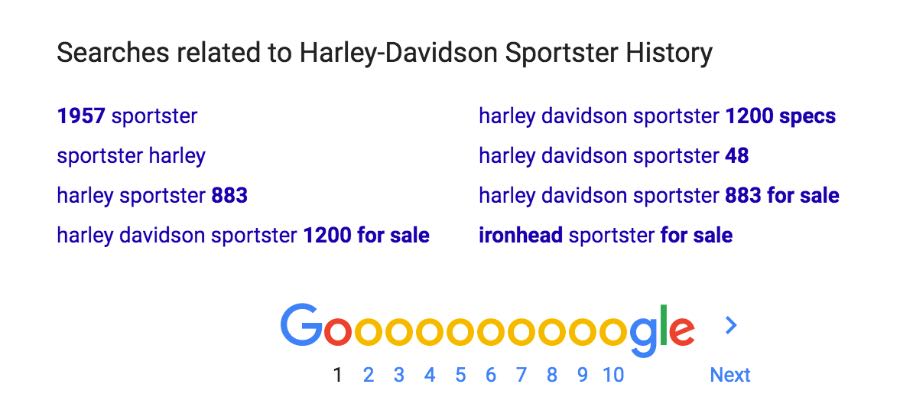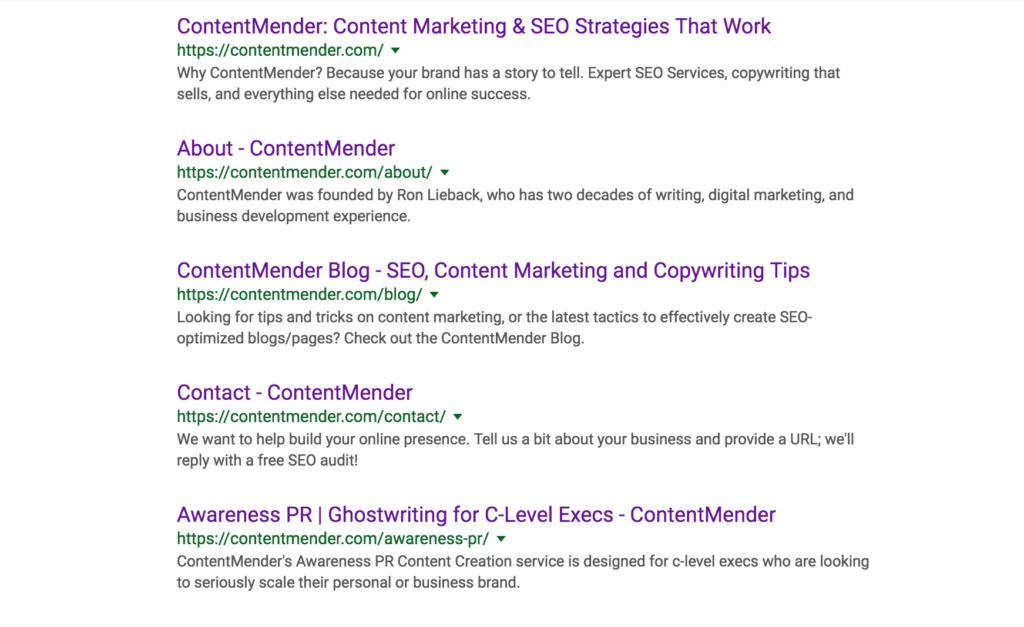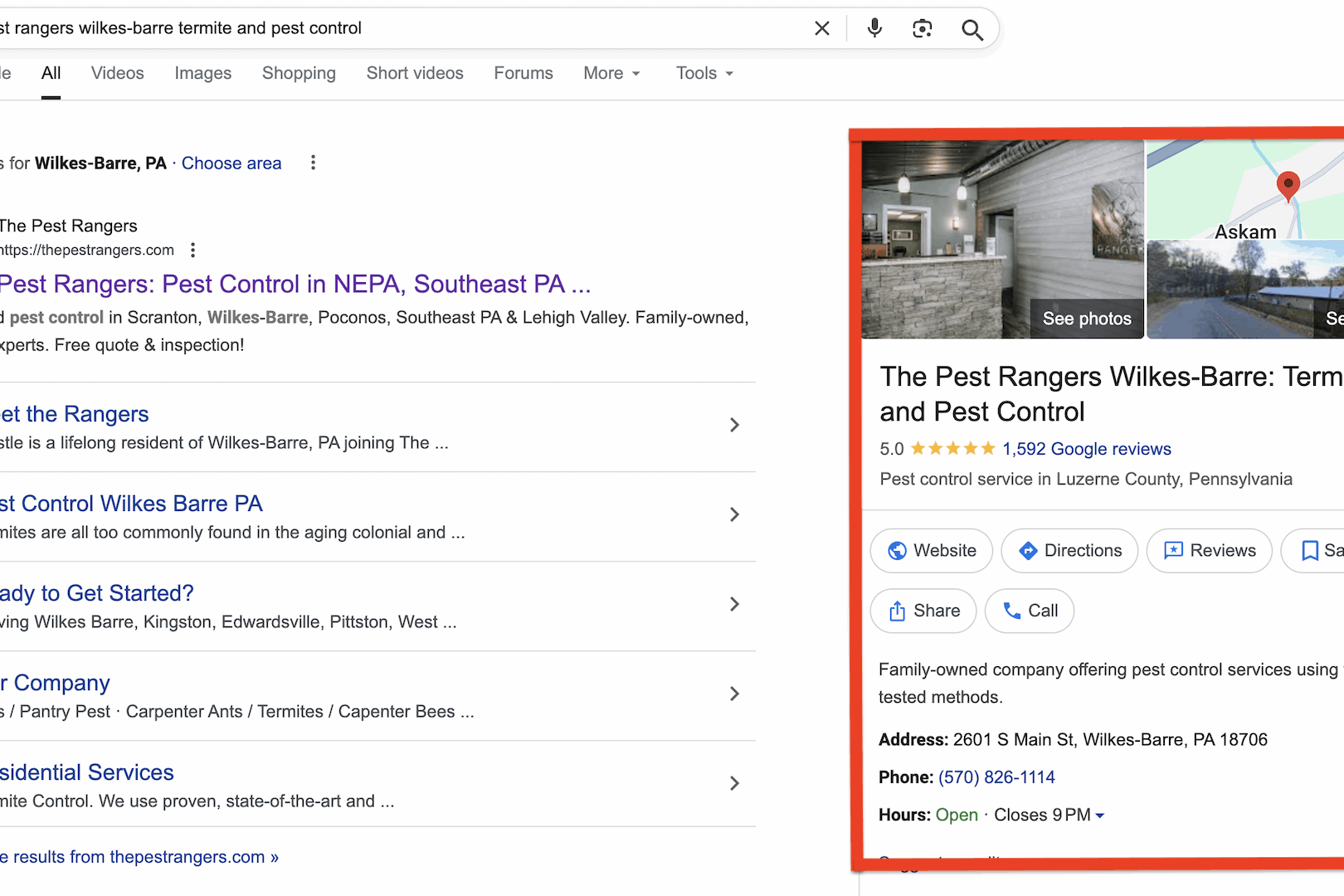Traditional Writing Meets SEO: Tips
For businesses to thrive in modernity, a dominating online presence is a must.
The most vital element of any online presence is your website. Consider it basecamp for your business – all other online marketing channels typically direct traffic to your website, from social media posts to paid advertising.
And the most vital element of your website is written content. From service pages to product descriptions to blog posts, the written word trumps all. For this written content to succeed, it must satisfy two needs: engagement and searchability.

When these two elements combine, your written content is en route to producing conversions.
These two needs – engagement and searchability – create one of ContentMender’s basic service philosophies: to offer traditional writing that’s optimized for an SEO-driven world.
Many digital marketing agencies hire hacks for pennies – writers who can quickly put together a few hundred words just to satisfy some keyword needs, and ultimately a contract. This writing is typically thin and irrelevant, which is just as easy for a search engine algorithm to recognize as a human.
By writing under traditional principles such as using a strong voice and storytelling, the engagement portion of the solution is satisfied. Next, to satisfy the searchability portion, you must keep some essential and clean SEO principles in mind.
Following is some education on both modern-day elements of writing. When combined, these elements will help your content marketing strategy achieve stronger levels of engagement and higher search results.
But First, Keyword Research
Before any writing is completed, keyword research around your topic is an absolute must. We depend on tools like Searchmetrics and SEMrush for our analysis. We will get deeper into various keyword research tactics in future blog posts, but for now here are some of the very basics to get you moving on a single topic post or service page.
First, decide on your topic. For example, let’s say we were drafting a blog post about “Harley-Davidson Sportster History.” First thing you do is plug the topic into Google. You’ll immediately see what posts you’ll be competing with; take the time to read at least the top three, noting not so much the topic coverage (you want to be 110% original), but any consistent keywords between them.
Also, scroll to the bottom and check Google’s “Searches related to Harley-Davidson Sportster History.” Here you’ll find additional related searched keywords that you can use in your article to show relevancy to search engines, and increase your chances of being found, such as “1957 Sportster” or “Harley Sportster 883.”
 Create a bucket of these keywords, and then plug each one into a tool like SEMrush or Google’s Keyword Planner (must have an AdWords account, which is free). Check what the search volume is for each one.
Create a bucket of these keywords, and then plug each one into a tool like SEMrush or Google’s Keyword Planner (must have an AdWords account, which is free). Check what the search volume is for each one.
Of course, the larger the search volume, the harder it will be to rank for such terms. This is the difference between “head” or “broad” keywords, and “long-tail” keywords. A head keyword such as “Sportster,” which has a search volume of 8,100 monthly, will be much harder to rank high for than a long-tail term such as “Harley-Davidson Sportster History,” which has a search volume of 50 monthly.
Target only one or two main keywords, meaning use them throughout the article (proper keyword density explained below) to tell search engines what your main topic is about. And use all related keywords throughout the article to show relevancy.
Again, this is the very basics of keyword research; we elaborate on various keyword research techniques in other posts.
Traditional Writing Elements
Now that you have your topic and keywords handy, it’s time to get creative.
There are thousands of hacks out there. With two decades of working with the written word, I’ve met a handful of good writers. Readers immediately notice hack writing that’s thin, void of any style, and not relevant to your website’s overall message, regardless if it’s a marketing message or discussing the latest technology of software development.
You’ll know quality writing because it completes multiple tasks with as little words as possible. Quality writing must contain the following components:
- Solves problems
- Educates
- Adds Value
- Tells a Story
- Bases facts on reputable data
- Anticipates questions
The best writers make this process seamless. It takes work though; most of the best writing truly begins during editing. Be creative first and write from the heart, then refine and edit with the brain. Or as Ernest Hemingway supposedly put it, “Write drunk. Edit sober.”
During these editing phases, creating a natural and coherent flow is a must. The intro should immediately engage or hook the reader, and each subsequent paragraph should reinforce the previous one. And conclusions are a must; this is where you leave the reader with a lingering thought that anticipates questions.
SEO Driven Writing Elements
With an edited draft in hand, it’s time to for optimization.
The process begins with fulfilling what are known as on-site SEO elements. We will elaborate on these more in future posts, but for now here are the very basics of each one you MUST optimize to have a truly search-friendly posts.
It’s best to think of this as an on-site SEO checklist from the top of the browser down.
- URL Structure: Keep it short, simple, and readable. Use hyphens to separate words, don’t capitalize, and write out numbers unless they are part of an actual word (e.g., w-2-form). Also, do research on permalink structures and keep them clutter free from things like category names.
- Title: Use 60 characters or less, and always contain your target keyword(s) as close to the front as possible. This is the first point of engagement for readers in search engine results.
- Headline Tags (H2, H3, H4 etc.): Use the larger headlines first. For WordPress websites, H1 tag is actually your main title, and this should be supported by an H2 tag. From there, segment smaller sub-titles with different tags.
- Internal/External links: Internal linking helps establish website architecture and allows visitors to see related content. It also helps user experience by pointing them to a post/page that has additional information on the subject. Always open internal links in the same window. External links show that you are trusting other websites, and documenting where information is coming from. Only use trusted websites for information, and always open up external links in a new window or tab.

- Meta Description: This is your marketing message, so make it strong and make sure it contains your target keyword. Also, search engines truncate anything over 160 characters, so be mindful of length.
- Meta Keywords: These are debatable, but research shows some of the top websites use them, such as YouTube (owned by Google). We recommend them to all ContentMender clients.
- Categories/Tags (if applicable): Try to use the least amount of categories possible, and some say only one. The same goes for tags; a new page is created for every tag, so make those new pages count.
If you’re on WordPress, life is much easier due to such plugins like Yoast SEO. This allows you to view things like target (Yoast calls it Focus) keyword density and URL length, and customize meta descriptions, among other vital SEO elements.
Concluding Thoughts
Quality online content must engage, but what’s engagement without an audience? This is why your website’s written content must conform to the two pillars of online writing: traditional writing elements for engagement, and modern on-page SEO elements for searchability. If your content is found online, and a reader (aka prospective client/customer) becomes engaged, conversions naturally follow.



